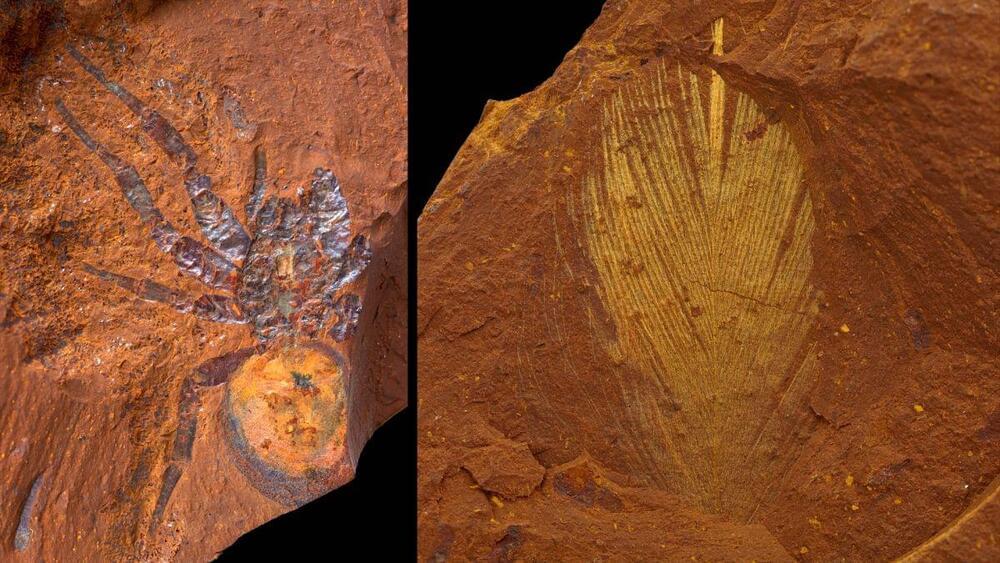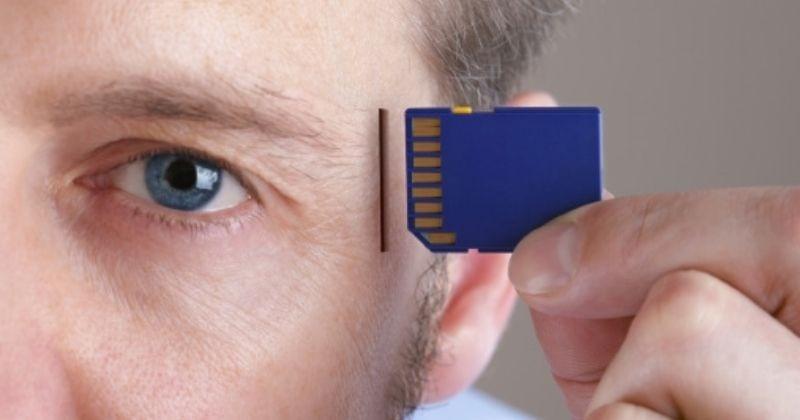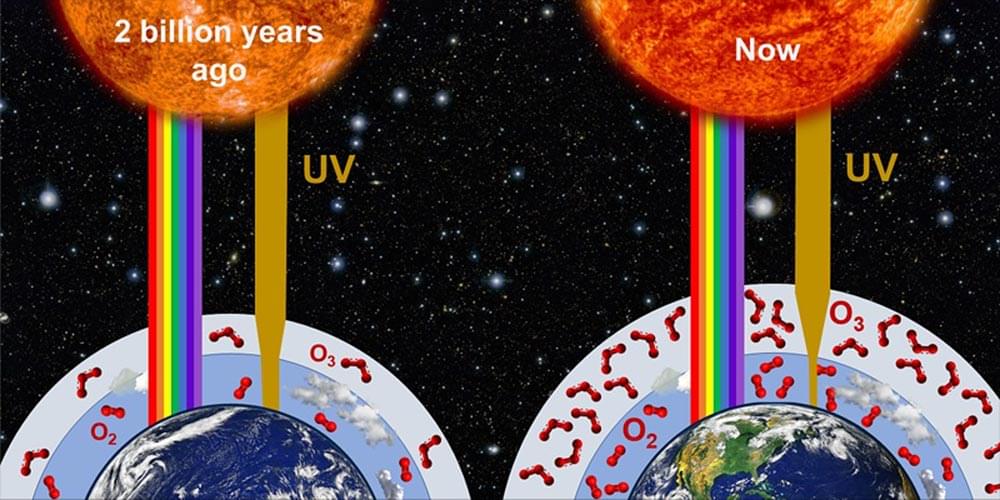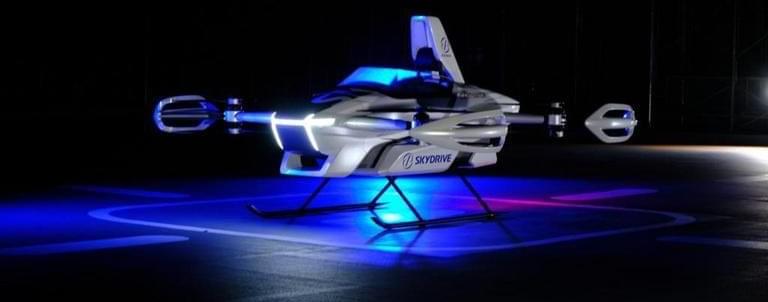R.Power Group companies have signed contracts with Nomad Electric and Onde for the implementation of 135 photovoltaic farms worth PLN 334 million (EUR 73 million).
Report shows Xiaomi Mi 10T 5G phones have 7 built-in apps able to censor politically sensitive words | 2022/01/08 10:27:00.
Join us on Patreon!
https://www.patreon.com/MichaelLustgartenPhD
Paper referenced in the video:
Inter-and intraindividual variability in daily resting heart rate and its associations with age, sex, sleep, BMI, and time of year: Retrospective, longitudinal cohort study of 92,457 adults.
https://pubmed.ncbi.nlm.nih.gov/32023264/
Scientists found thousands of preserved plants, spiders and insects dating to the Miocene Epoch.
Elon Musk’s Neuralink technology will see its first human implant this year. If you’re excited to see how Musk’s brain chip will work on humans, we might find out very soon.
The brain-interface tech company was founded by Elon Musk in 2016 and its chip will finally be implanted into a human brain this year. In 2021, the implant was seen in action in a monkey who played MindPong. The monkey was able to play the game by simply thinking it, with help from Neuralink chip.
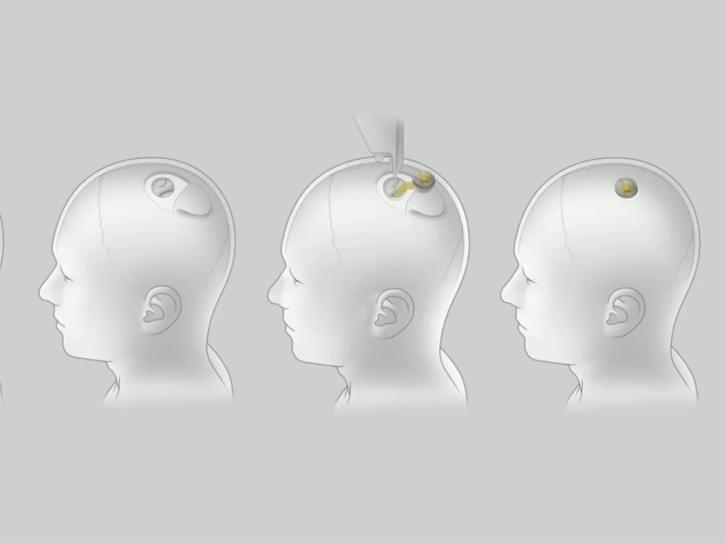
Elon Musk, Neuralink Demonstration.
During long portions of the past 2.4 billion years, the Earth may have been more inhospitable to life than scientists previously thought, according to new computer simulations.
Using a state-of-the-art climate model, researchers now believe the level of ultraviolet (UV) radiation reaching the Earth’s surface could have been underestimated, with UV levels being up to ten times higher.
UV radiation is emitted by the sun and can damage and destroy biologically important molecules such as proteins.
Sinclair’s first episode. Enjoy.
In this episode, Dr. David Sinclair and co-host Matthew LaPlante discuss why we age. In doing so, they discuss organisms that have extreme longevity, the genes that control aging (mTOR, AMPK, Sirtuins), the role of sirtuin proteins as epigenetic regulators of aging, the process of “ex-differentiation” in which cells begin to lose their identity, and how all of this makes up the “Information Theory of Aging”, and the difference between “biological age” and “chronological age” and how we can measure biological age through DNA methylation clocks.
Thank you to our sponsors:
Athletic Greens — https://athleticgreens.com/sinclair.
InsideTracker — https://insidetracker.com/sinclair.
Levels — https://levels.link/sinclair.
Our Patreon page:
https://www.patreon.com/davidsinclair.
Lifespan book:
Solar roofing provider GAF Energy announced today its Timberline Solar product uses solar shingles that you can nail to a roof.
GAF Energy, a division of Standard Industries, has made a solar roof system that integrated easily into traditional roofing processes in materials thanks to what it calls the first “nailable” solar shingle, the Timberline Solar Energy Shingle, which will be assembled domestically at GAF Energy’s manufacturing and R&D facility in San Jose, California. The company showed off the tech at the CES 2022 trade event in Las Vegas.
The project will create local American jobs and hopefully create more demand for residential clean energy. One of the challenges to date has been the need to house solar tiles on platforms that have to be attached to roofs, making a solar roof installation more complicated than putting on a traditional roof.
The vehicle showcased at the event was Model SD-03, which was a demonstration for the autonomous SD-05 which is currently under development. The company is aiming to kickstart its business with the latter after unveiling it as a flying taxi at the World Expo 2025 in Osaka. It is worth mentioning that SkyDrive has been tested for manned flights and recently got certified by the Japanese government. “SkyDrive recently advanced toward commercialization with the Japanese transportation ministry’s acceptance of its type certificate application, a major milestone that no other flying vehicle developers have reached in Japan”, the company said in its statement.
READ | Flying car completes first 35-minute inter-city flight test in Slovakia
The model released by SkyDrive at the CES 2022 is a driver-only vehicle that runs on electricity and is equipped with eight propellers. As per SkyDrive’s description of the vehicle, it can carry a maximum weight of 400 kg and is capable of cruising at 40–50 kilometres per hour for five to ten minutes. The company had revealed the first prototype of its eVTOL in 2018 and conducted the first manned flight in 2020. According to a report by Interesting Engineering, more companies such as Lilium and Volocopter are also planning to kickstart their flying car business this decade.
China’s technology giant Baidu is stepping up its efforts to expand in the autonomous vehicle segment with the commercial launch of a car model with Level-2 self-driving technology next year.
Last week the company’s CEO Robin Li confirmed that Jidu Auto, Baidu’s joint venture with local automaker Zhejiang Geely Holding Group, plans to begin mass production of its first electric vehicle (EV) with Level-2 autonomous driving technologies in 2023. The vehicle’s self-driving system is powered by Nvidia chips and is scheduled to be unveiled at the Beijing Auto Show in April of this year.
Baidu, known widely as an internet search engine and artificial intelligence company, is targeting the autonomous vehicle segment as a key growth industry and is in the process of rolling out autonomous taxi services across China.



